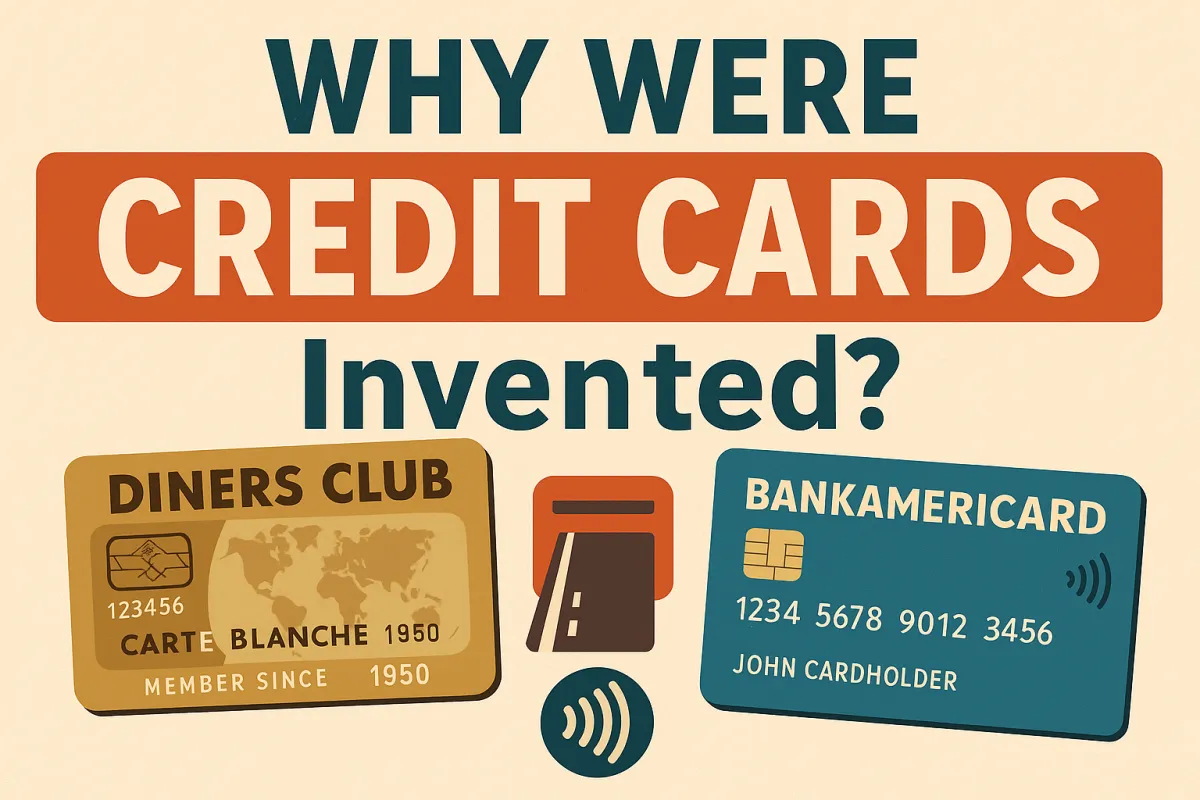
Why Were Credit Cards Invented? The Fascinating Story You Never Knew
Why Were Credit Cards Invented? The Fascinating Story You Never Knew
Introduction
A routine dinner outing in late 1949 turned into a major financial breakthrough. Businessman Frank McNamara realized he’d forgotten his wallet—sparking the creation of the first modern credit card. What began as a last-minute solution morphed into one of the world’s most influential financial inventions, reshaping how we pay and bank. Let’s uncover the journey.
What Sets Our Payment Platform Apart from Stripe or Square?
The Roots of Credit – Before Plastic Cards
Credit has existed for millennia: ancient farmers in Mesopotamia borrowed against future harvests.
By the late 1800s and early 1900s, stores and utility companies used metal tokens or charge plates that linked purchases to customer accounts—early precursors to plastic cards.
The Birth of Charge Cards (1940s–1950s)
In 1914, Western Union introduced metal "money plates," letting customers delay payment.
Then, in 1946, John C. Biggins launched “Charg-It”—a bank-based forerunner to credit cards limited to local merchants.
The Origin Story—Diners Club, 1950
The famous dinner moment occurred at Major’s Cabin Grill in NYC. In February 1950, McNamara and partners launched the Diners Club card, a cardboard "signature charge card" usable at 27 restaurants.
With rapid growth—42,000 members in a year—it became the world’s first universal charge card.
From Charge Cards to Revolving Credit (1958–1966)
American Express and BankAmericard entered the scene in 1958, shifting from charge to credit cards.
Bank of America mass‑mailed BankAmericard in Fresno to 60,000 customers—ushering in revolving credit (carrying balances month to month).
The Interbank Card Association, founded in the 1960s and rebranded as Mastercard in 1976, helped scale acceptance nationwide.
Why Were Credit Cards Invented?
Convenience – Replace cumbersome cash and checks with one card
Security – Bank backing reduced merchant risk and increased transaction trust
Efficiency – Centralized billing simplified record-keeping
Profitability – Banks earned from merchant fees, interest, and annual charges
Scalability – Plastic cards enabled mass adoption and cross-border commerce
Key Technological Breakthroughs
Magnetic stripe (1960s): IBM engineer’s innovation using a wife’s ironing tip to embed data tape
Plastic cards (1959): American Express transitioned to durable, card-based designs
EMV chips (1980s–90s): Introduced in Europe for enhanced security
POS terminals (1970s): Visa launched the first electronic terminals, replacing manual imprinters
Digital era (1990s onward): Cards powered online shopping, mobile wallets, and real-time payments
How to Get Started With Our Payment Tools in Just 10 Minutes
Credit Cards Today – A Legacy of Innovation
Once a novelty, credit cards are now integral to global commerce. They continue evolving—adding AI fraud monitoring, tokenization, and mobile-first functionality. While the plastic card may face future disruption, its impact on consumer finance remains unrivaled.
FAQs
Q1: Who invented the first credit card?
Long before, John C. Biggins created 1946’s Charg-It, but Frank McNamara’s 1950 Diners Club card marked the inception of the modern universal credit card.
Q2: When did revolving credit start?
Revolving credit was introduced in 1958 with BankAmericard, letting users carry balances with interest.
Q3: What’s the difference between a charge card and a credit card?
Charge cards demand monthly full payment; credit cards let users carry a balance for a fee.
Q4: Why did merchants accept early credit cards?
Cards reduced cash handling, encouraged spend, and transferred risk to banks for a small fee.
Conclusion
From the forgotten wallet that sparked a dining bill dilemma in 1949 to today’s digital wallets and AI-driven payments—credit cards have forever altered how we transact. Their invention wasn’t just about convenience; it catalyzed a financial revolution that still evolves every swipe, tap, and click.
